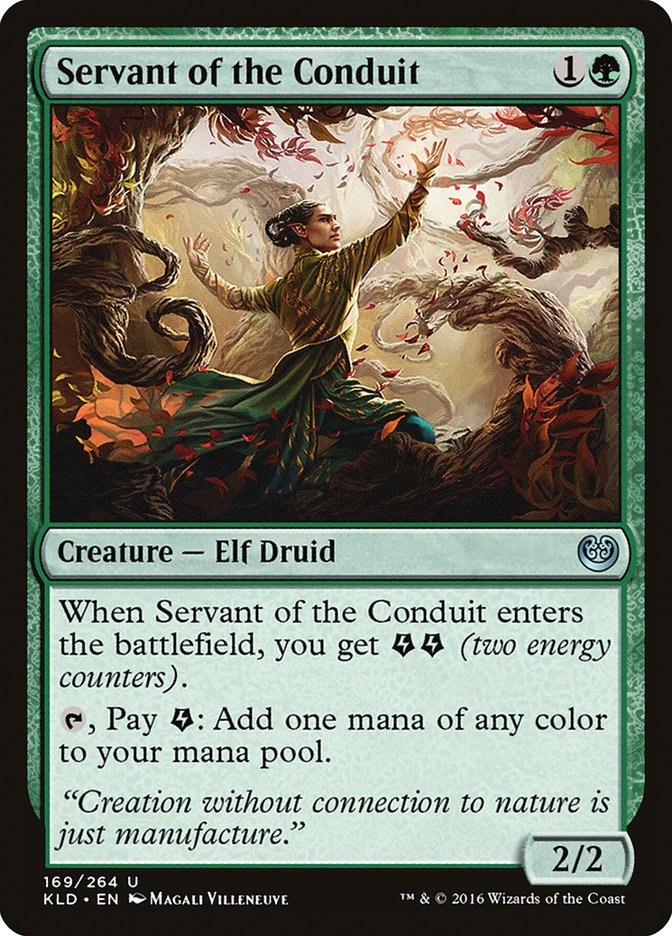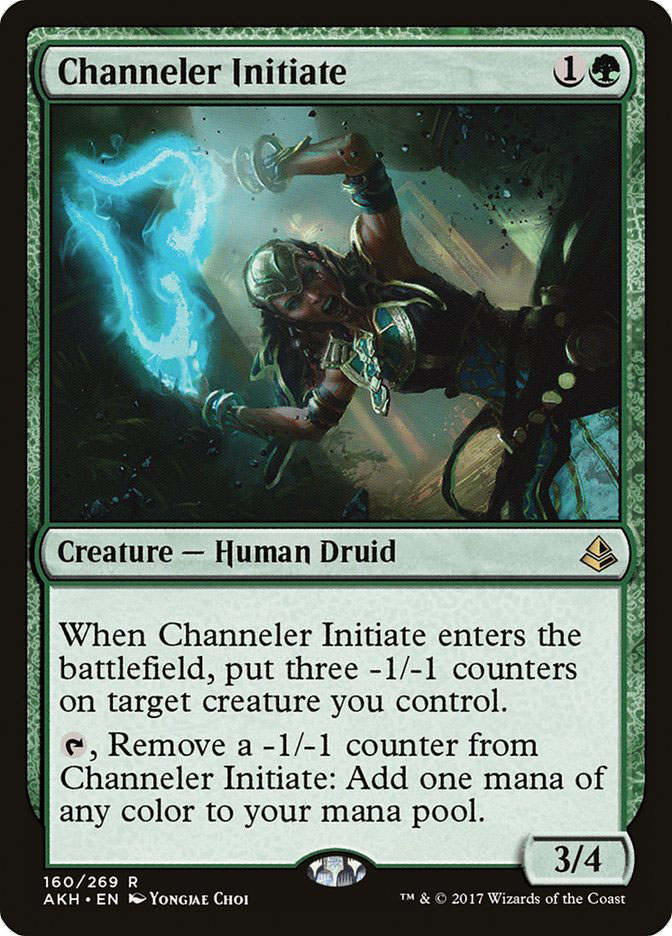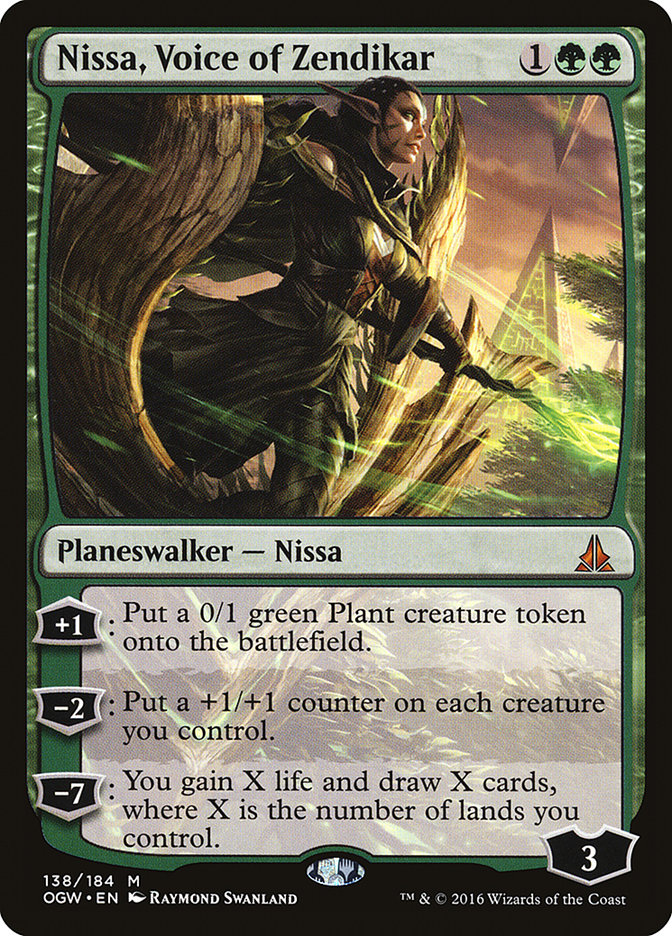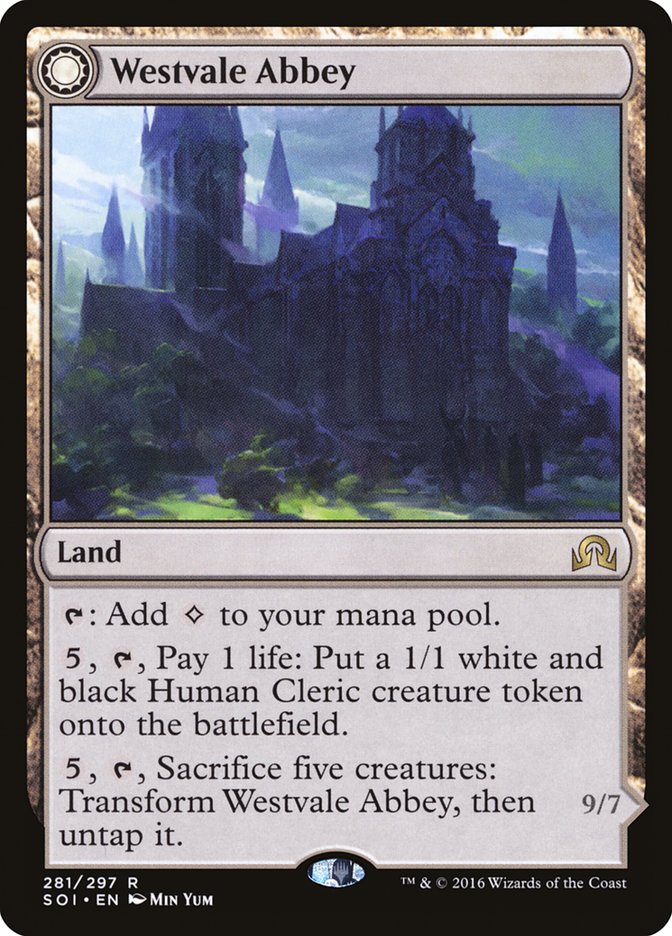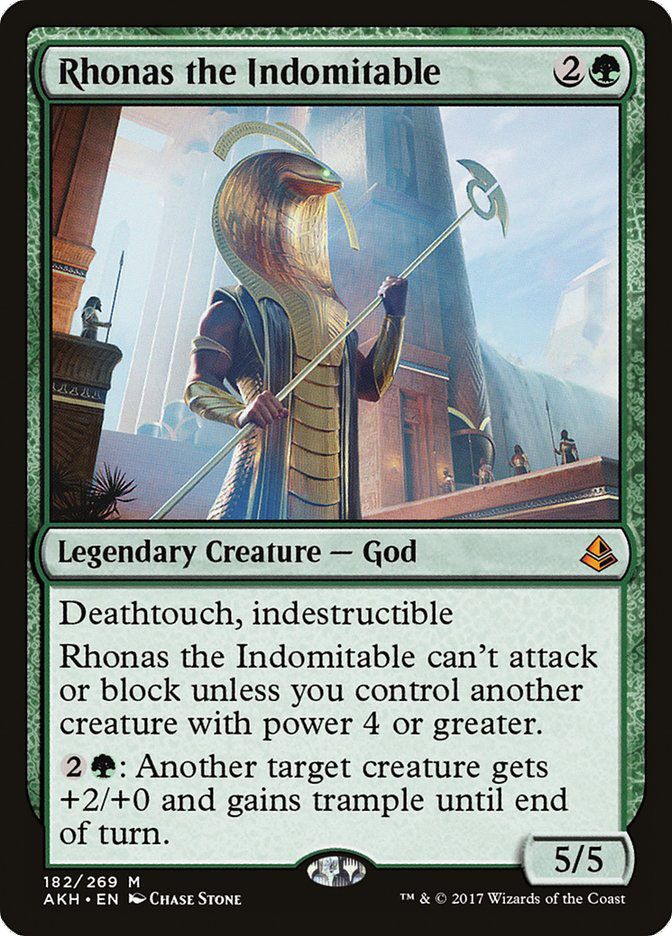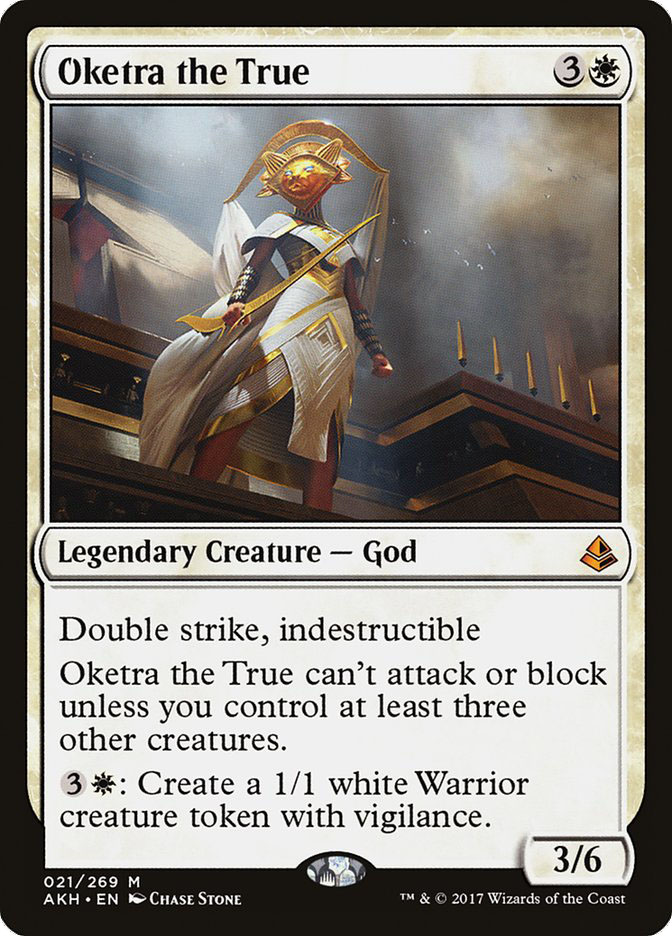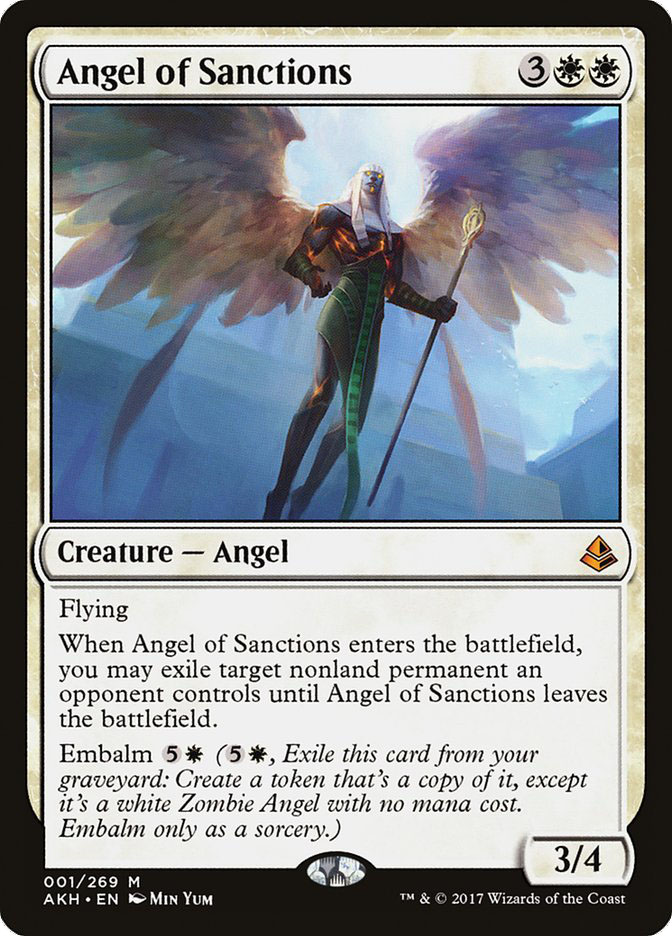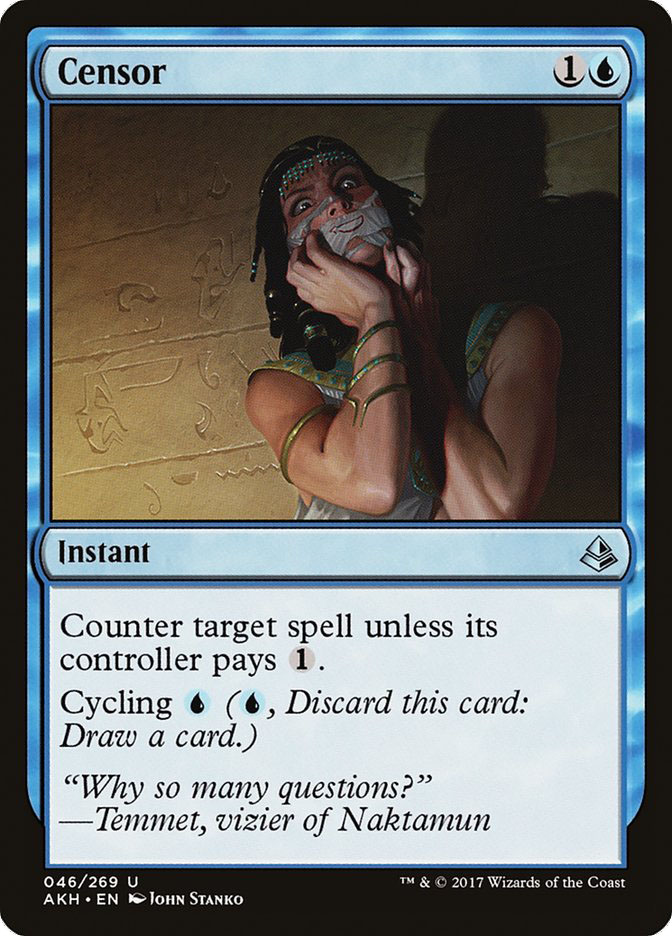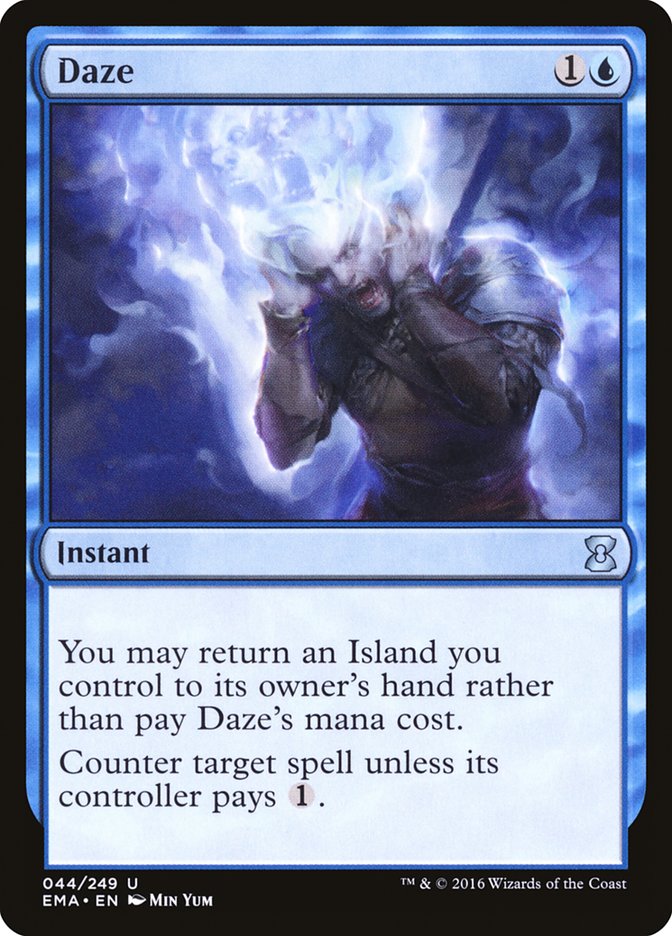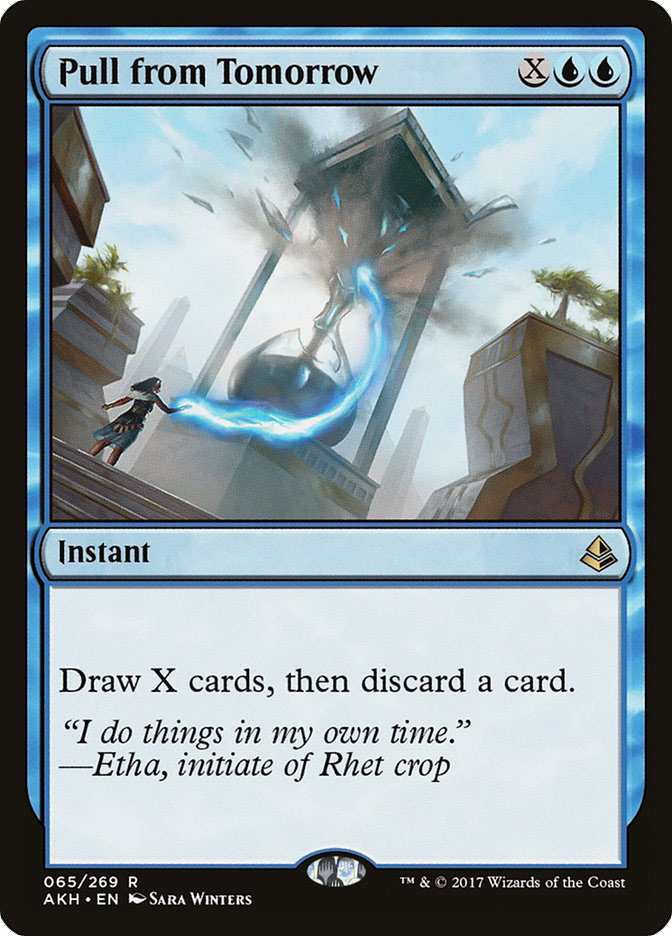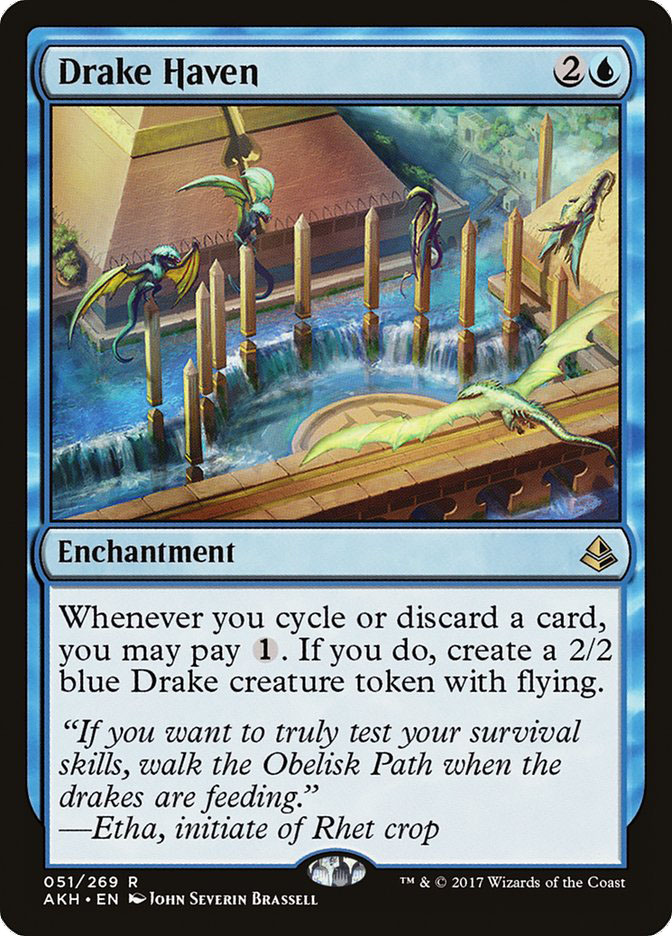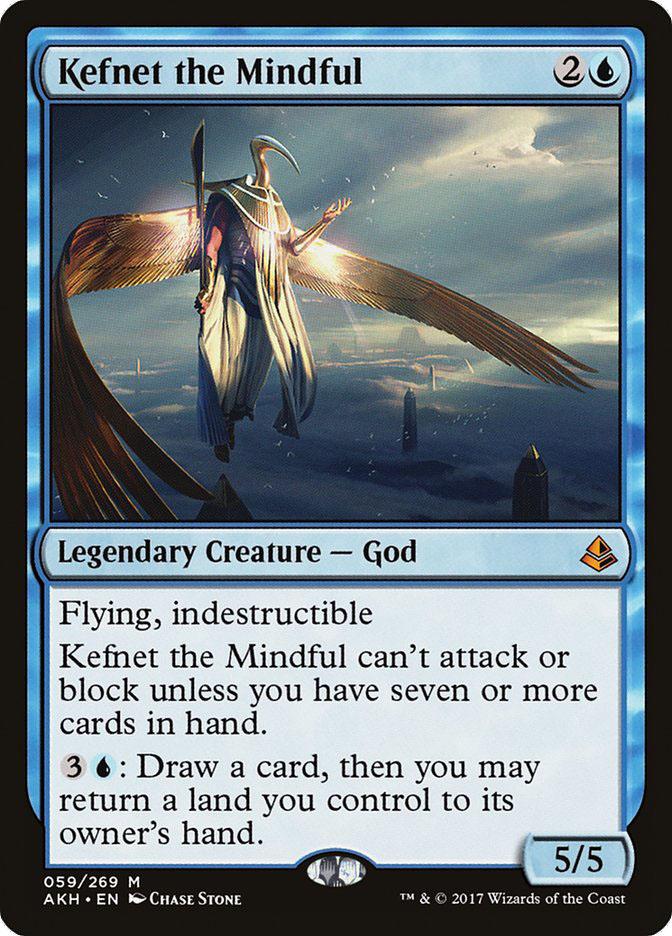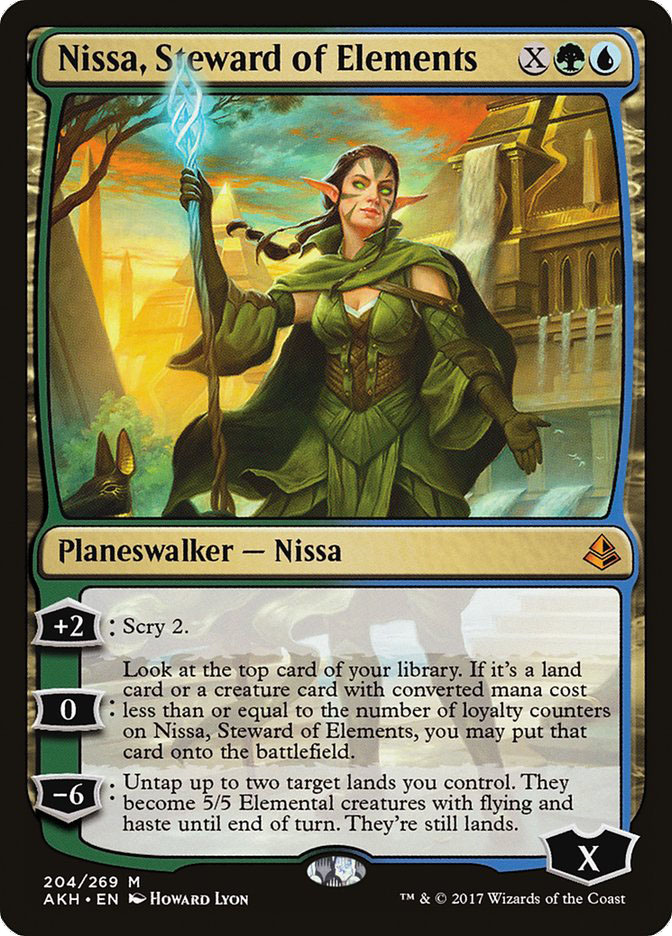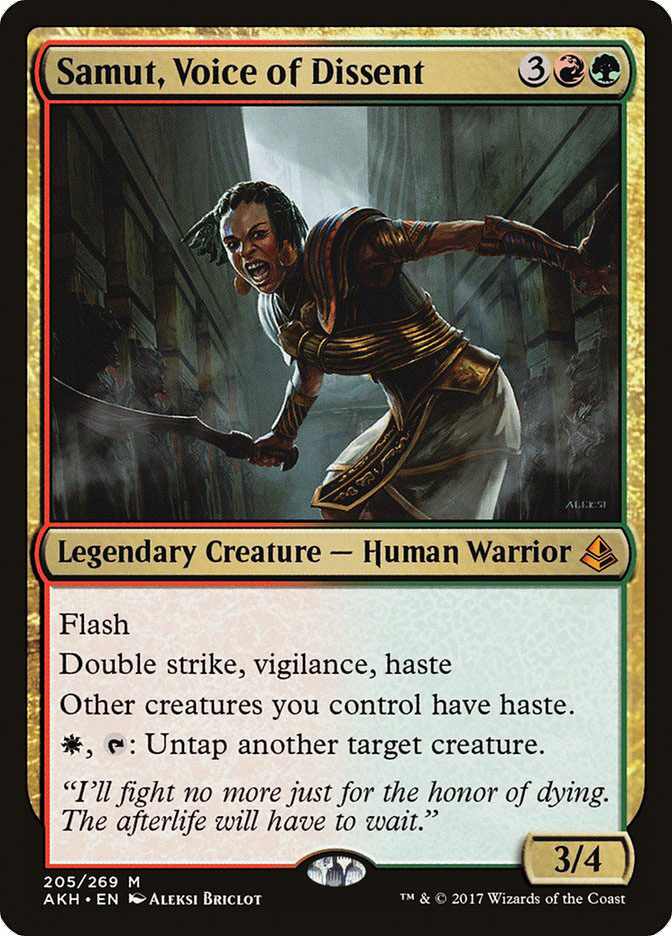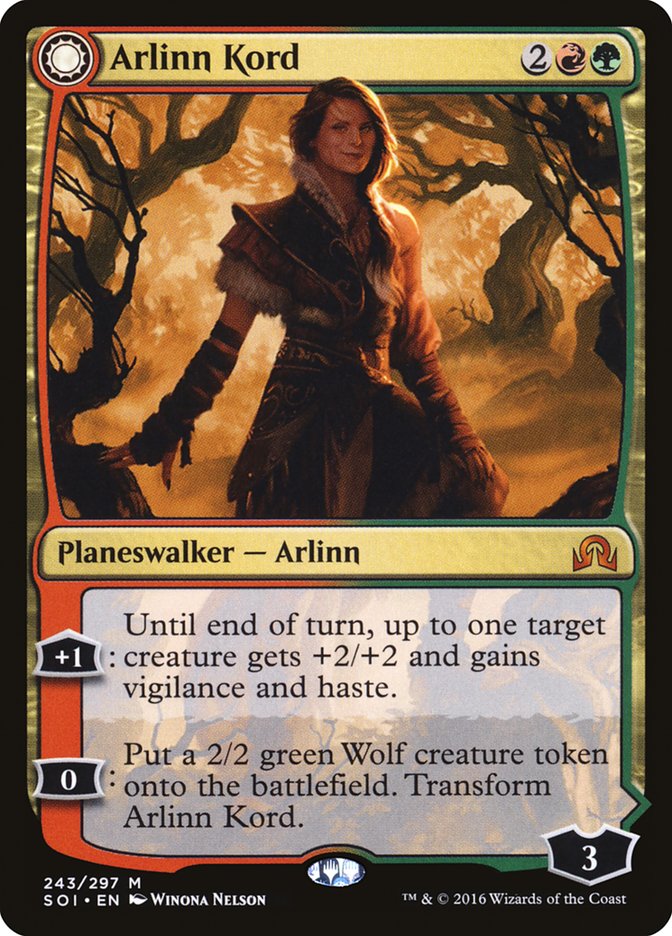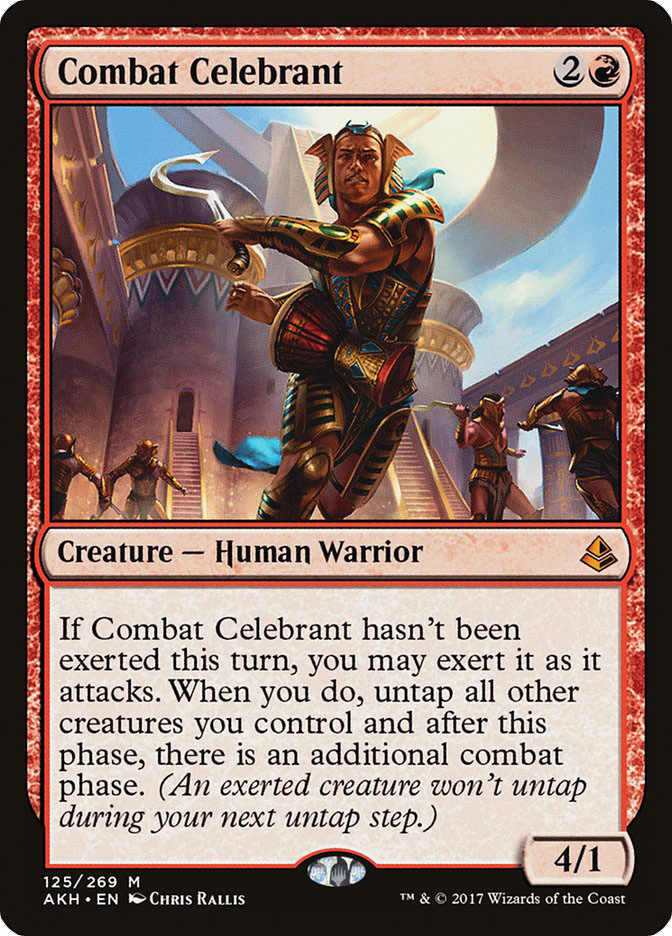Amonkhet has been fully revealed and is almost here and that means it’s time for sweet new cards, sweet new drafts, and, most importantly, sweet new Standard brews.
Amonkhet is looking to be incredibly impactful, with many cards that have the capability of completely defining a new Standard format if they find the right home.
Today I’m going to explore some of those potentially influential cards and the types of decks I think they’ll end up in.
Let’s get started.
Creatures (18)
- 2 Archangel Avacyn
- 3 Thraben Inspector
- 1 Tireless Tracker
- 2 Servant of the Conduit
- 1 Walking Ballista
- 4 Channeler Initiate
- 2 Angel of Sanctions
- 1 Oketra the True
- 2 Rhonas the Indomitable
Planeswalkers (8)
Lands (24)
Spells (10)

G/W Tokens used to be a prominent player in the metagame but has hovered on the fringes of the metagame recently. Amonkhet might just restore the archetype to its former glory.
Channeler Initiate seems downright insane. If you were to take away its restrictions, and it just started as a 3/4 that tapped to add mana, it would obviously be broken beyond belief.
As it stands, it seems merely good at first glance and is easy to compare to Servant of the Conduit.
Servant of the Conduit was one of the most influential ramp cards in Standard, not just because it created energy but because it was a ramper with a decent body, which was incredibly important and something many decks were otherwise lacking.
Channeler Initiate can have a much higher upside than Servant of the Conduit with very little effort.
Not only does Channel Initiate come with three mana charges in the form of -1/-1 counters, it also has a significantly larger body once you’ve used it to ramp, one that can even put an aggressive deck’s two-drops to shame.
It’s probably going to be the best card you can play on turn 2 in Standard for quite some time.
The big downside of Channeler Initiate is that in the late-game it will take a long time before it is combat-ready.
Small creatures and tokens from Nissa, Voice of Zendikar or Westvale Abbey help mitigate this downside, since you can just dump the -1/-1 counters on them immediately and get a 3/4.
The real way this drawback will be mitigated is that you are usually going to have plenty of mana sinks, especially in G/W Tokens. Embalm on Angel of Sanctions, Thraben Inspector, Tireless Tracker, Walking Ballista, Rhonas the Indomitable, Oketra the True, Westvale Abbey, and cycling cards like Scattered Groves mean having plenty of mana in the late-game is almost always important.
Rhonas the Indomitable is also very promising and, dare I say, Godlike.
Again, looking at the card without its restriction reveals a card obviously broken beyond belief. A three-mana 5/5 indestructible creature with plenty more upside? Bonkers!
Rhonas the Indomitable’s “can’t attack or block restriction” isn’t that difficult to get around; it’s not hard to get a four-power creature on the battlefield.
Take Heart of Kiran, for example. Turn 2 Heart of Kiran, turn 3 Rhonas the Indomitable, turn 4 Gideon, Ally of Zendikar and remove a loyalty counter to crew Heart of Kiran, and bam, you’re bashing for nine damage.
Keep in mind Rhonas the Indomitable is an excellent pilot for Heart of Kiran, even if it can’t otherwise attack.
Later on, when you have plenty of mana, Rhonas the Indomitable is just able to pump up any weakling creatures you have to make sure it can attack.
Oketra the True’s restriction seems a little harder to fulfill and you’re paying a whole extra mana, but it still seems worthy of inclusion in the deck, particularly because Rhonas the Indomitable and Oketra the True work very well together. Use Rhonas the Indomitable’s +2/+0 pump and trample on Oketra the True and go to town with a massive double striker.
Angel of Sanctions is yet another busted-looking card.
For starters, it comes packed full of potential value. It’s hard to imagine something better than Angel of Sanctions for getting a leg up in a midrange matchup.
Angel of Sanctions is hard removal for anything from planeswalkers to creatures to Aetherworks Marvels. It swings in the air and has a decent body, and if it gets dealt with in conventional fashion, it just comes back to do it all again.
Creatures (4)
Lands (26)
Spells (30)

For the first time in a long time, it feels like we’ve reached a critical mass of amazing control cards in Standard.
If you’ve wanted a Mana Leak reprint in Standard, take a good hard look at Censor.
I wouldn’t be surprised if Censor turned out to be the best card in the set and completely broken. Kind of a strange claim about such an innocuous-seeming card, but Censor could ultimately alter the way Standard games are played more than Legacy decks running Daze.
There just isn’t really a downside to running Censor.
In the early-game, you’re either countering a spell or your opponent is forced to use their mana inefficiently to play around it. In the late-game, you can merely cycle it away for what is essentially free.
Imagine you’re playing against an opponent that cycles Censor on turn 1. That would put the fear of getting Dazed into me for the rest of the game.
Even worse for opponents would be if you don’t even have Censor and they’re still playing around it.
Censor also just seems like it will play nicely alongside the cycling duals. Opponent playing scared of Censor? Cycle a land. Opponent played into Censor? Force Spike that spell.
In Standard, Censor won’t always be a spell you’ll have the luxury of playing around that often. If you’re wasting turns not being mana-efficient against a control deck, they’ll likely just eat you alive with card advantage.
Every single card in this Esper Control deck can be played at instant speed except for Kefnet the Mindful and some of the lands… and even a good portion of the lands can be cycled at instant speed.
It will take a deck like this Esper one to properly unlock Censor’s full potential, but it could easily show up in aggressive decks or midrange decks as well.
Is Pull from Tomorrow a joke?
Anyone else remember Sphinx’s Revelation? Let’s discuss the new Sphinx’s Revelation.
Here’s how Pull from Tomorrow was probably created:
“You know what? Let’s take Sphinx’s Revelation and get rid of this white mana symbol to make it cost one less and go in every blue deck! Bam! Pull from Tomorrow! Nailed it!”
Might as well have just reprinted Sphinx’s Revelation for the value of bringing back more Sphinx-y cards in the Egypt set.
Seriously, though, control mages should be rejoicing. If there were a good Wrath of God effect in the format, it would be all but over.
Pull from Tomorrow is essentially Sphinx’s Revelation that costs one less without the lifegain. The discard aspect is almost completely irrelevant, more and more so the higher your X is. Is an extra card worth not getting a bunch of life? Probably not quite, but it’s dang close.
The one thing Pull from Tomorrow doesn’t have going for it right now is that it doesn’t work well with Torrential Gearhulk and they’re competing for the same end-game space.
It’s even possible you don’t run Torrential Gearhulk at all anymore and just win games with Kefnet the Mindful or even Drake Haven.
Control might finally be making a comeback in Standard.
Okay, okay, it always seems like control is making a comeback, and it never does. There are a few downsides to Pull from Tomorrow and Censor. Neither is excellent against a super-aggressive start if you’re on the draw. Of course, that is what the rest of your deck is meant to stop.
Creatures (14)
Planeswalkers (3)
Lands (21)
Spells (22)

Aetherworks Marvel has a shot at making a comeback.
Here’s a basic build that’s using Channeler Initiate as additional ramp and Sheltered Thicket for additional draw and fixing. The two-color combinations that have access to cycling duals get a nice boost to their manabase and their flow in the late-game. As you can see, I’m a big fan of being able to curve a two-drop ramper into a four-drop.
Creatures (18)
- 2 Whirler Virtuoso
- 4 Servant of the Conduit
- 4 Rogue Refiner
- 4 Felidar Guardian
- 2 Glorybringer
- 2 Channeler Initiate
Planeswalkers (7)
Lands (22)
Spells (13)

Now isn’t exactly a good time to be stocking up and buying Cat food in bulk, but if Felidar Guardian doesn’t get banned, there will certainly be more Saheeli Rai shenanigans.
Here’s an update to the way current versions of Four-Color Saheeli are built, but it’s entirely possible that you don’t want to be running any sort of energy package now. Attune with Aether and Oath of Nissa don’t play all that well with the cycling duals, since you’re going to be running more tapped lands.
Glorybringer is great in the deck, since it can swoosh in to burninate the countryside and Exert dominance, and then you can blink it or copy it with Saheeli Rai to go again the very next turn.
Nissa, Steward of Elements might not look like much at first, but she may end up being a surprise hit. For one thing, she’s unique thanks to her casting cost, and therefore difficult to evaluate. Her power would come in flexibility, since an initial read-through of her abilities does not particularly excite.
Being able to cast Nissa, Steward of Elements on turn 3 and run away with the game when your opponent doesn’t answer her or on turn 8 when you immediately smash the opponent for ten flying damage seems pretty good, though.
Nissa, Steward of Elements’s middle ability is also likely much better than it looks. If you can set up a land on top of your library, through her scry ability, luck, or otherwise, and then put it directly onto the battlefield, you’re looking at a great ramp card.
Gideon’s Intervention isn’t in the deck right now, but it seems like another card that has the potential to overperform, both in the deck and against the combo. Nevermore plus Runed Halo seems pretty appealing and has solid applications against the full range of cards, from Heart of Kiran to Torrential Gearhulk.
Gideon’s Intervention stops any number of Felidar Guardians from purring you to death and is a good blink target for Felidar Guardian. Its only major weakness is it doesn’t answer some types of permanents, like planeswalkers, if they’ve already resolved. Otherwise, if your opponent has no answer for it, it’s like a Cranial Extraction that also hits things already on the battlefield.
Creatures (20)
- 3 Bristling Hydra
- 4 Servant of the Conduit
- 1 Glorybringer
- 4 Channeler Initiate
- 2 Combat Celebrant
- 2 Rhonas the Indomitable
- 3 Samut, Voice of Dissent
- 1 Khenra Charioteer
Planeswalkers (4)
Lands (22)
Spells (14)

Samut, Voice of Dissent’s first name should really be Saywhat, because this card has a lot of text and not a lot of it makes sense. What kind of a monster puts flash and haste on the same card? Why a random off-color activation to untap a creature in a set that isn’t about tri-colors?
Samut, Voice of Dissent seems like a good card, I think.
In honor of Samut’s confusing nature, I have attempted to build a thematic deck that is just as confused. Although the numbers are probably not perfect, I think this archetype has potential.
Arlinn Kord works well with Exert or double strike and Combat Celebrant seems easy to get value from.
Scheming About Pyramids
Amonkhet just seems like a ridiculously powerful set to me. I thought bans were warranted on Felidar Guardian and Gideon, Ally of Zendikar, but based on my initial impression of the power level of some of the cards in Amonkhet, I don’t even know if bans are necessary anyone. We might just be getting new decks as powerful as what we already have, if not more so.
Is Amonkhet going to be as influential as I think it is? Does Standard even need anything banned anymore? Are these cards really this busted, or am I way off base?


